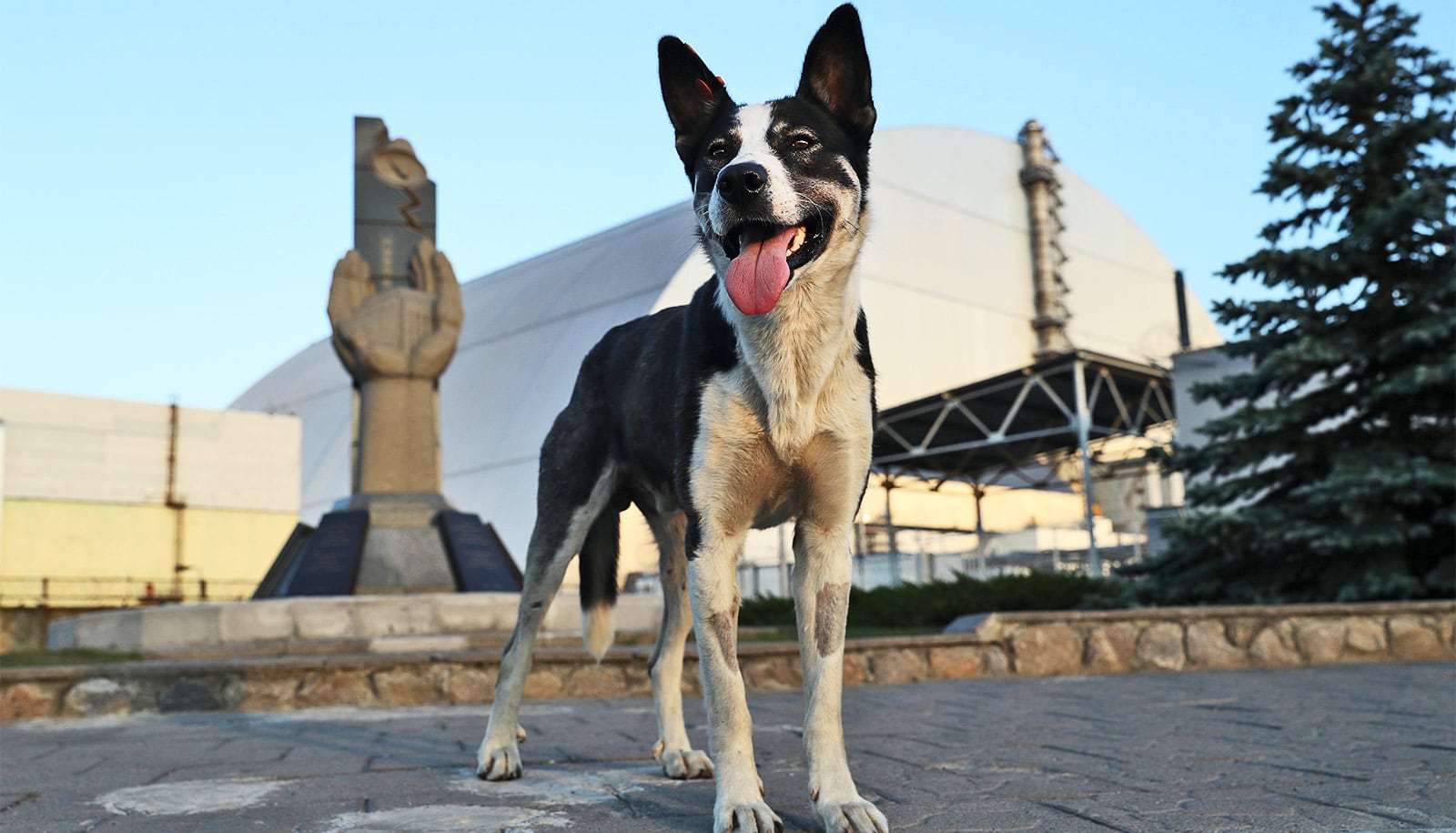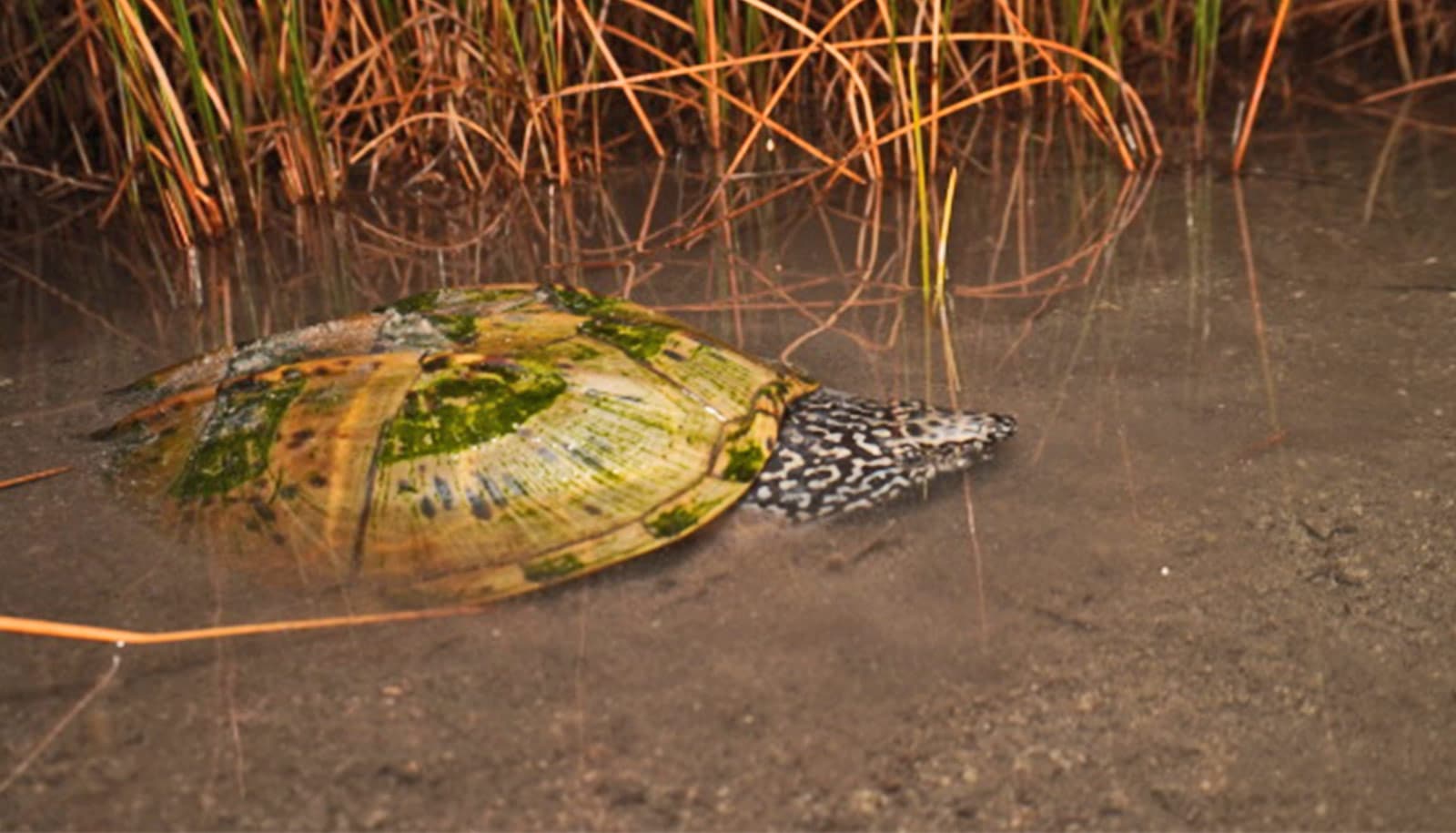Dogs and wolves evolved from a common ancestor between 9,000 and 34,000 years ago, before humans transitioned to agricultural societies, according to an analysis of modern dog and wolf genomes from areas of the world thought to be centers of dog domestication.
The study, published today in PLoS Genetics, also shows that dogs are more closely related to each other than wolves, regardless of geographic origin. This suggests that part of the genetic overlap observed between some modern dogs and wolves is the result of interbreeding after dog domestication, not a direct line of descent from one group of wolves.
[related]
This reflects a more complicated history than the popular story that early farmers adopted a few docile, friendly wolves that later became our beloved, modern-day companions. Instead, the earliest dogs may have first lived among hunter-gatherer societies and adapted to agricultural life later.
“Dog domestication is more complex than we originally thought,” says John Novembre, associate professor in the department of human genetics at the University of Chicago and a senior author of the study.
“In this analysis we didn’t see clear evidence in favor of a multi-regional model, or a single origin from one of the living wolves that we sampled. It makes the field of dog domestication very intriguing going forward.”
Dog, wolf, and dingo
The team generated the highest quality genome sequences to date from three gray wolves: one each from China, Croatia, and Israel, representing three regions where dogs are believed to have originated.
They also produced genomes for two dog breeds: a basenji, a breed which originates in central Africa, and a dingo from Australia, both areas that have been historically isolated from modern wolf populations. In addition to the wolves and dogs, they sequenced the genome of a golden jackal to serve as an “outgroup” representing earlier divergence.
Their analysis of the basenji and dingo genomes, plus a previously published boxer genome from Europe, showed that the dog breeds were most closely related to each other. Likewise, the three wolves from each geographic area were more closely related to each other than any of the dogs.
Novembre says this tells a different story than he and his colleagues anticipated. Instead of all three dogs being closely related to one of the wolf lineages, or each dog being related to its closest geographic counterpart (i.e. the basenji and Israeli wolf, or the dingo and Chinese wolf), they seem to have descended from an older, wolf-like ancestor common to both species.
“One possibility is there may have been other wolf lineages that these dogs diverged from that then went extinct,” he says. “So now when you ask which wolves are dogs most closely related to, it’s none of these three because these are wolves that diverged in the recent past. It’s something more ancient that isn’t well represented by today’s wolves.”
Gene flow
Accounting for gene flow between dogs and wolves after domestication was a crucial step in the analyses. According to Adam Freedman, a postdoctoral fellow at the University of California, Los Angeles, and the lead author on the study, gene flow across canid species appears more pervasive than previously thought.
“If you don’t explicitly consider such exchanges, these admixture events get confounded with shared ancestry,” he says. “We also found evidence for genetic exchange between wolves and jackals. The picture emerging from our analyses is that these exchanges may play an important role in shaping the diversification of canid species.”
Domestication apparently occurred with significant bottlenecks in the historical population sizes of both early dogs and wolves. Freedman and his colleagues were able to infer historical sizes of dog and wolf populations by analyzing genome-wide patterns of variation, and show that dogs suffered a 16-fold reduction in population size as they diverged from wolves.
Wolves also experienced a sharp drop in population size soon after their divergence from dogs, implying that diversity among both animals’ common ancestors was larger than represented by modern wolves.
Starch-eating wolves
The researchers also found differences across dog breeds and wolves in the number of amylase (AMY2B) genes that help digest starch. Recent studies have suggested that this gene was critical to domestication, allowing early dogs living near humans to adapt to an agricultural diet. But the research team surveyed genetic data from 12 additional dog breeds and saw that while most dog breeds had high numbers of amylase genes, those not associated with agrarian societies, like the Siberian husky and dingo, did not.
They also saw evidence of this gene family in wolves, meaning that it didn’t develop exclusively in dogs after the two species diverged, and may have expanded more recently after domestication.
Novembre says that overall, the study paints a complex picture of early domestication.
“We’re trying to get every thread of evidence we can to reconstruct the past,” he says. “We use genetics to reconstruct the history of population sizes, relationships among populations, and the gene flow that occurred. So now we have a much more detailed picture than existed before, and it’s a somewhat surprising picture.”
Robert Wayne, professor in the department of ecology and evolutionary biology at UCLA, was co- senior author on this study. The National Science Foundation and Life Technologies provided funding and reagents.
Additional authors contributed from institutions around the world, including Cornell and Stanford Universities.
Source: University of Chicago


